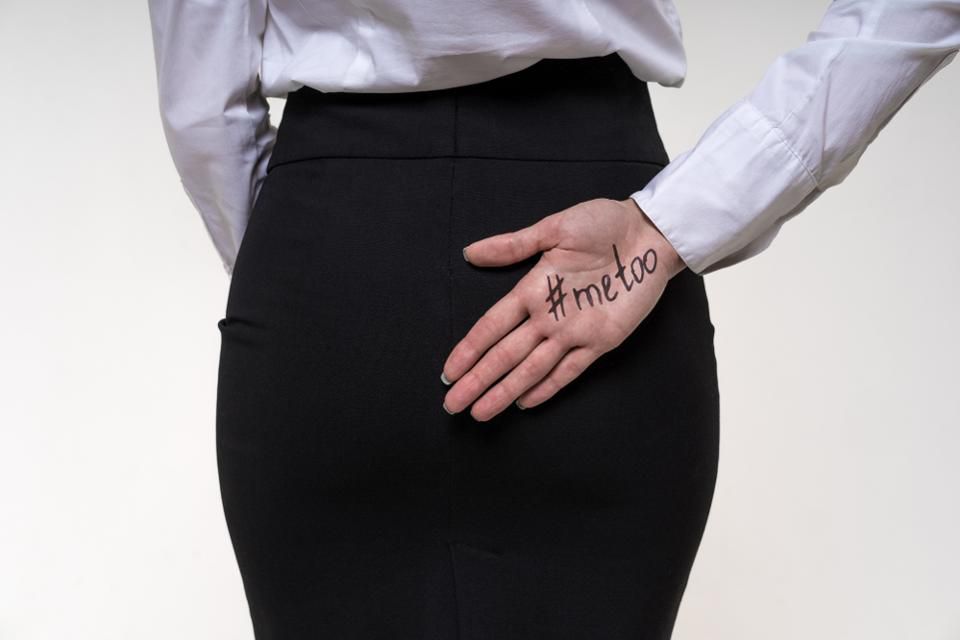Sexual discrimination has received a lot of attention in the past couple of years due to the #MeToo movement and ongoing allegations of sexual misconduct by well-known celebrities and politicians. But these issues are not new. The U.S. Equal Employment Opportunity Commission has tracked discrimination on the basis of sex in the workplace for decades. Recently, InsuranceQuotes.com gathered 20 years of EEOC data and released a report on their analysis and findings. You may be surprised what they found out.
For example, you may think that the number of complaints would increase since the #MeToo movement grabbed the top headlines. However, history shows that the number of complaints has not steadily increased over the year. The trend report notes a general rise in charges between 1997 and 2017 with a peak in 2012, but also a substantial drop in 2013 and 2014. What’s truly surprising is the number of sexual discrimination complaints decreased in 2017, despite that year’s consistent news coverage of celebrity transgressions.
Other findings:
In 2017, 67% of sexual discrimination charges were found to have “no reasonable cause” that the discrimination actually took place. Findings of “no reasonable cause” have increased in recent years. This could be attributed to a variety of explanations, but after witnessing the Brett Kavanaugh hearings, we should not be surprised to find the male establishment digging in their heels to dismiss and fight these discrimination and harassment charges. Let’s face it. It’s extremely difficult in today’s political climate to prove this type of discrimination.
In 2017, nearly a quarter of complaints involved individuals alleging they had been fired unfairly on the basis of their sex. Harassment accounted for 15 percent of charges, and 14 percent fell into a category of complaint the EEOC titles “terms and conditions.” These charges refer to allegations that an employer took gender into account when making decisions about employment, payment, or promotion.
Fourteen percent of complaints may seem small when you consider how prevalent the gender pay gap is across different industries. Yet along with unfair practices relative to hiring and promotions, these grievances are challenging to prove and many women don’t bother going to battle. It’s sometimes easier to stay silent or find another job.
What percentage of complaints arise from sex-based discrimination specifically? Nearly two-thirds of complaints based on sexual harassment and maternity were made on the basis of gender. Sixty percent of paternity-related discrimination complaints were made on the basis of gender as well. To be fired when you’re pregnant or coming back from maternity/paternity leave seems like a clear case of discrimination. Yet despite what might seem an obvious cause for legal action, not many cases were filed.
Here’s an important fact to keep in mind. These figures account for a small fraction of the discrimination and harassment incidents that actually took place during that time. Experts estimate that roughly three-quarters of harassment incidents go unreported, in part because those who raise such concerns are often subjected to retaliation.
Only about a quarter of victims file a complaint, and only after exhausting all other response options. Rarely do victims take their complaints to a lawyer, to the EEOC, or to court.

Recent Comments